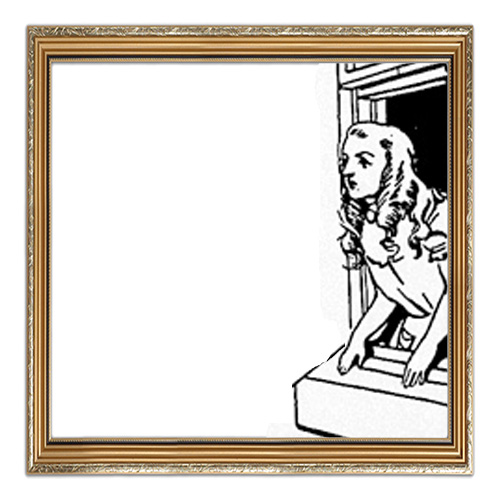


Once Alice entered print, Lewis Carroll the storyteller provided the thing that was Alice as interface for the creativity of others: first to Tenniel, whose illustrations are as responsible for shaping our image of Wonderland as any of Carroll's words; and later, to all of us. From the many illustrators who produced illustrations the moment the story entered the public domain to the parodies such as Alice in Blunderland, pictured, Alice was at the center of the remix before participatory culture became a hot topic of conversation. Tenniel's Alice may be iconic, but the printed Alices who followed ensured that there is no one entrypoint into Alice's adventures: the rabbit hole comes in many shapes and sizes. This dominance of Alice's spread through remixing means that while Carroll's shadow is already present, the primacy of his authorship and the centrality of the text as a whole is less important than Alice as data and source material. These remixes transform our concept of the original: as Virginia Kuhn argues, "Remix lays bare the constructed nature of the original and often calls attention to its own construction. This holds true for genres that endeavor to represent reality as well as those that make no such claims" (par. 5.4).